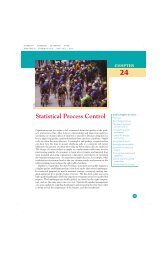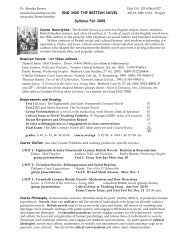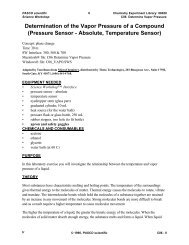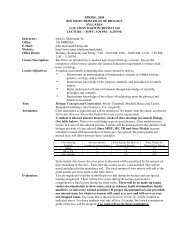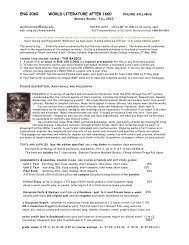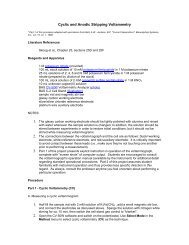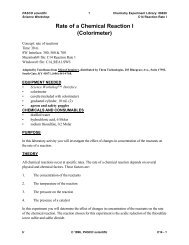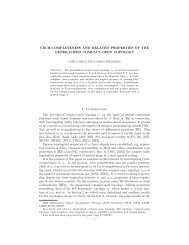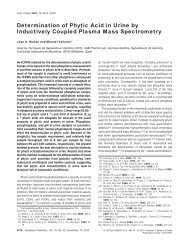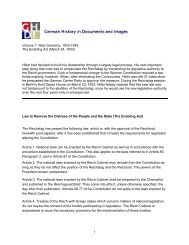CHAPTER 27 ⢠Statistical Process Control
CHAPTER 27 ⢠Statistical Process Control
CHAPTER 27 ⢠Statistical Process Control
You also want an ePaper? Increase the reach of your titles
YUMPU automatically turns print PDFs into web optimized ePapers that Google loves.
<strong>27</strong>-4 <strong>CHAPTER</strong> <strong>27</strong> • <strong>Statistical</strong> <strong>Process</strong> <strong>Control</strong><br />
This chapter focuses on just one aspect of statistics for improving quality:<br />
statistical process control. The techniques are simple and are based on sampling<br />
distributions (Chapter 11), but the underlying ideas are important and a<br />
bit subtle.<br />
PROCESSES<br />
In thinking about statistical inference, we distinguish between the sample data we<br />
have in hand and the wider population that the data represent. We hope to use<br />
the sample to draw conclusions about the population. In thinking about quality<br />
improvement, it is often more natural to speak of processes rather than populations.<br />
This is because work is organized in processes. Some examples are<br />
■ processing an application for admission to a university and deciding whether<br />
or not to admit the student;<br />
■ reviewing an employee’s expense report for a business trip and issuing a<br />
reimbursement check;<br />
■ hot forging to shape a billet of titanium into a blank that, after machining,<br />
will become part of a medical implant for hip, knee, or shoulder replacement.<br />
Each of these processes is made up of several successive operations that eventually<br />
produce the output—an admission decision, reimbursement check, or metal<br />
component.<br />
PROCESS<br />
A process is a chain of activities that turns inputs into outputs.<br />
We can accommodate processes in our sample-versus-population framework:<br />
think of the population as containing all the outputs that would be produced by<br />
the process if it ran forever in its present state. The outputs produced today or this<br />
week are a sample from this population. Because the population doesn’t actually<br />
exist now, it is simpler to speak of a process and of recent output as a sample from<br />
the process in its present state.<br />
flowchart<br />
cause-and-effect diagram<br />
DESCRIBING PROCESSES<br />
The first step in improving a process is to understand it. <strong>Process</strong> understanding<br />
is often presented graphically using two simple tools: flowcharts and cause-andeffect<br />
diagrams. A flowchart is a picture of the stages of a process. A cause-andeffect<br />
diagram organizes the logical relationships between the inputs and stages of<br />
a process and an output. Sometimes the output is successful completion of the<br />
process task; sometimes it is a quality problem that we hope to solve. A good<br />
starting outline for a cause-and-effect diagram appears in Figure <strong>27</strong>.1. The main



